This was not what Kendall Cook had in mind when he dropped out of the University of Oregon in 1993 to be a ski bum.
When he was visiting a friend who was teaching adaptive skiing in Breckenridge, Colorado, an instructor left, and Cook filled the spot, helping people with disabilities learn to ski a different way. Cook had grown up ski racing in Montana, but had never taught skiing and didn’t even know any skiers with disabilities.
“When I skied with the program for the first time, I thought it was the neatest thing,” says Cook. “We were getting people who were already skiers, or someone with a disability who had never skied, out on snow, giving them that freedom of movement, allowing them to use gravity to their advantage. I fell in love.”
Gravity is the archenemy of anyone using a wheelchair or walker or any device to aid mobility. To go up even a small hill in a wheelchair is extremely difficult, and steps are challenging to anyone with a walker. Yet to “sit ski” using equipment such as a mono-ski or a bi-ski, essentially a chair attached to one or two skis, allows people with disabilities to cruise down a snow-covered peak just like anyone else.
Cook immersed himself in learning all he could about adaptive skiing education, becoming a certified instructor through Disabled Sports USA, a national nonprofit. After that first season at Breckenridge, he began teaching at the Tahoe Adaptive Ski School in California, where he worked alongside adaptive skier Colleen Dougherty. Dougherty, from Portland, had been using a wheelchair since 1989, when she was in a car accident at age 20. She had been a recreational skier before her injury, learned adaptive skiing at the Tahoe school, and liked it so much that she took an administrative job there.
“It was really fun, and there was the ‘fitting in’ aspect,” says Dougherty. “It helped me acclimate to getting back into life again … doing something that everyone else was doing, going down the same mountain, sharing the same chair on the lift, doing the same social stuff afterwards. And when you accomplish something, it’s great for your self esteem.”
She and Cook had talked about returning to Oregon, and in 1995, they set out with a plan to create an adaptive ski school at Mt. Bachelor. They worked on expanding a volunteer adaptive skiing effort there led by Jack Alexander, a retired biologist with the U.S. Forest Service. In 1996, they formed the nonprofit Central Oregon Adaptive Skiing Program.
Later that year, after Dougherty qualified to swim in the 1996 Paralympic Games in Atlanta (held immediately following the Olympic Games), she returned to Portland to train and to pursue a career in the dotcom industry. Cook, Alexander and other volunteers continued developing the adaptive program at Mt. Bachelor. In 2003, Dougherty returned to Bend and, with Alexander and Cook, changed the organization’s name to Oregon Adaptive Sports and partnered with Hoodoo Ski Area. Since then, both Cook and Dougherty have served on the OAS board of trustees.
Increased awareness about OAS throughout Oregon has spurred dramatic growth of the program in recent years. In the 2008-2009 season, seventy-five participants skied a total of 200 times. This season, Cook expects 500 participants who will ski about a total of 1,000 times. In the last three years, the number of certified instructors has doubled from four to eight part-time instructors, and OAS has maintained its corps of 200 volunteers, including about fifty who assist instructors nearly every weekend each season.
Cook’s goal is for OAS to grow as strong as the programs in Breckenridge and Tahoe, where participants in each of those schools ski a total of about 10,000 times per season. To do that, OAS is working to create partnerships with ski areas in the Cascades, and is in talks with Timberline, Mt. Hood Meadows and Mt. Hood Skibowl, which are closer to several rehabilitation hospitals. OAS also plans to reach out to more parks and recreations groups, schools and veterans around the state.
Recruiting instructors and volunteers is crucial, says Cook, but raising funds for scholarships is another top priority. One of the biggest obstacles is the cost of adaptive ski equipment: about $2,000 for a bi-ski and up to $6,000 for a mono-ski.
Transformative Power of Adaptive Sports
Adaptive sports have helped inspire the lives of people with disabilities, Dougherty says. She recalls joining Cook, when he took her friend Kevin McCormack to Mt. Bachelor for his first adaptive ski run. A skiing accident had left the expert skier paralyzed below the waist. McCormack, who is now vice-president of the OAS board, later wrote: “I’m a husband to a beautiful wife and father to two wonderful girls, and my initial fear after my accident was that I would lack the abilities to be either. Through OAS and the people involved with the organization, I came to realize not only could I still participate in outdoor sports but more importantly, be an active and productive participant in life.”
Cook recalls a boy with cerebral palsy whom he had taken sit-skiing a few times and who, this time, invited several friends to his tenth birthday party at Mt. Bachelor. All of his friends, snowboarders, wanted to try the half pipe. It was their first attempt, so they took the easy route—straight down the center.
These friends were watching at the bottom when the two launched into the half pipe, the boy sitting in a bi-ski, Cook skiing behind him connected with a tether and holding the handle on the back of the seat.
“I had never taken a bi-skier in the half pipe before, and I thought, ‘Well, we’re just going to do this.’ I had skied it, so I knew what to expect,” Cook recalls. He went for it, careening up the banks, soaring out off the tube and catching air over and over on their descent.
“It was just so awesome, the look on those kids’ faces—never mind how much fun he was having,” Cook says. “He was ecstatic. It was the coolest thing ever, not only because he was skiing with them, he was doing things they couldn’t even do yet. His friends were blown away.”
In 2009, Cook took former national snowboarding competitor Tyler Eklund of Bend, then 16, for his first adaptive ski run since he was paralyzed in a fall during practice in 2007.
Eklund uses a ventilator to breathe, and Cook says he later learned from the equipment’s manufacturer that it was the first time they had ever heard of anyone skiing while using a ventilator. “To be riding with his friends again means the world to him,” Cook observes. “And it means so much for his family to see him back up there skiing.”
Dougherty cites deeper social benefits of adaptive sports. “The more you see people who have different abilities out and about doing stuff brings awareness to kids and adults,” she says. “I guess I never feel ‘different.’ ”
Dougherty, 42, OAS treasurer, designs homes for people with disabilities and helps her husband, artist Andrew Wachs, run Weld Design Studio in Bend. She says she hopes to ski more this year and do adaptive Nordic skiing, a more peaceful alternative to downhill skiing.
Cook, 41, OAS technical director, works full time as a real estate appraiser and plans to teach his wife, Deena, and their daughter, Adeline, 2, to ski this year. Becoming a parent has only increased his passion for what OAS offers, he says.
“You never truly understand how you’ll feel as a parent until you are one, and how much it means to a parent to see their child be able to participate and feel that ‘normalcy,’ ” he says. “You feel that vulnerability as a parent. Now you have a child who means the whole world to you, and to have a child or parent struggle with a disability, you know that there are opportunities for them to participate.”
Making the Difference
Since 1996, OAS has helped more than 2,000 people with disabilities enjoy snow sports.
Last winter, 144 participants skied 371 times with OAS. Of those participants, 53 were first-time adaptive skiers. The youngest was 4, the oldest was 84.
About 40 percent of OAS participants receive scholarships, which typically cover the cost of five $125 full-day lessons.
Volunteer
OAS trains skiing and non-skiing volunteers to work at Hoodoo Ski Area and Mt. Bachelor and for these upcoming events:
March 3 – Heroes in Sisters at Hoodoo Ski Area
Free to disabled veterans and their families through major funding from the Wounded Warriors Project 9 a.m. to 4 p.m.
April 14 – Ski To Defeat ALS at Mt. Hood Meadows
Registration and details at skitodefeatals.org.
Volunteer or donate
541.848.9390 | [email protected] | oregonadaptivesports.org
1859 WI LL DONATE $10 TO OREGON ADAPTI VE SPORTS FOR ANY NEW SUBSCRIPTION AT 1859MAGAZINE.COM/ADAPTI VESPORTS.


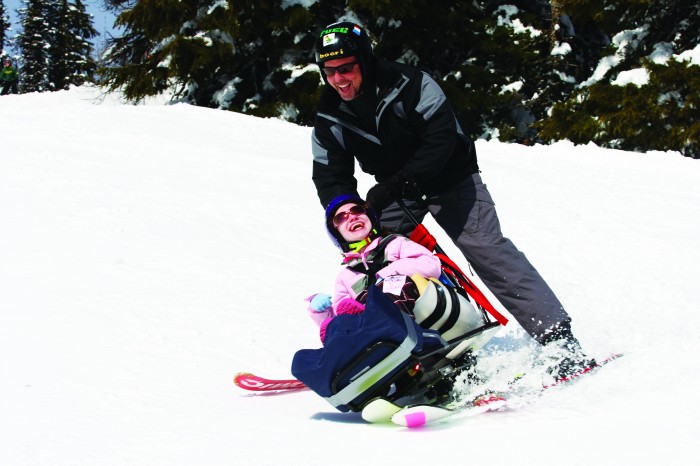
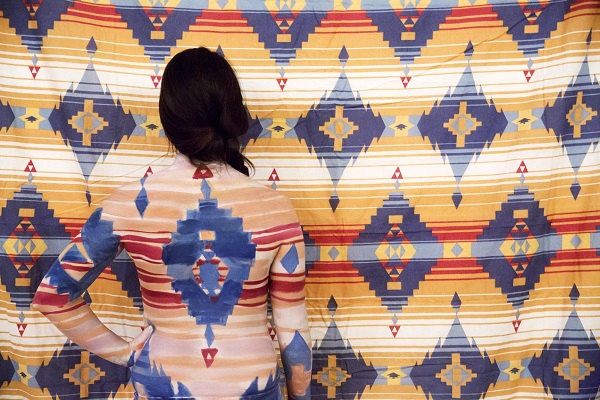
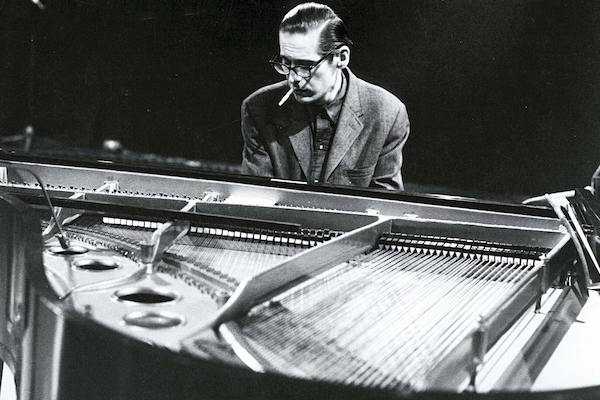
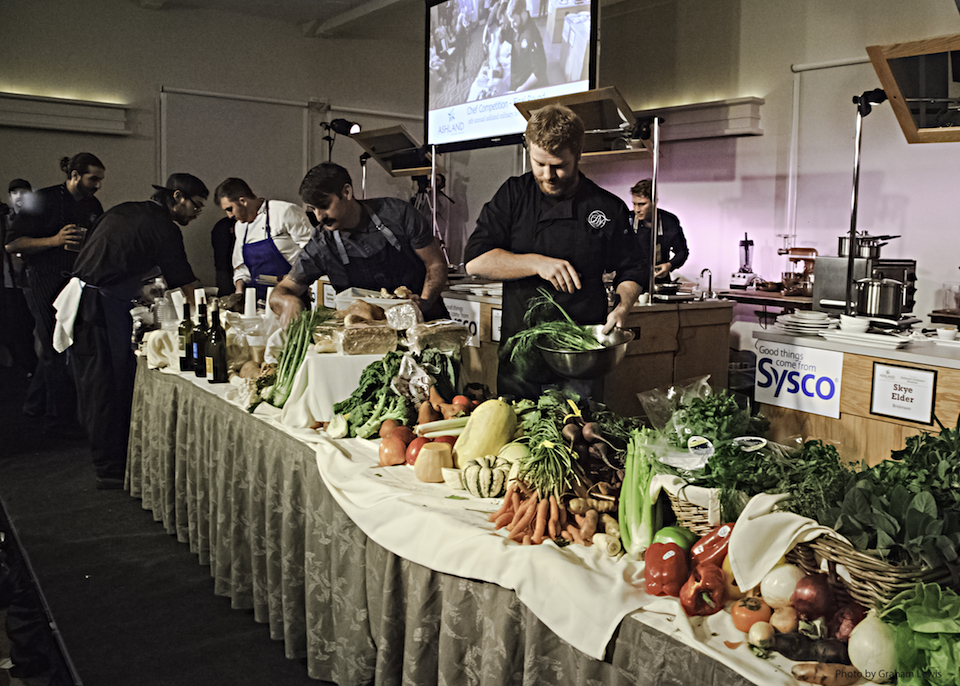
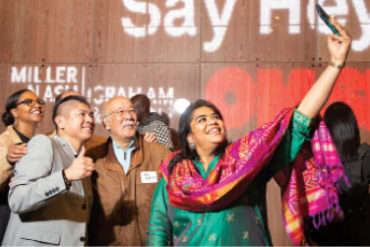



Thank you for sharing
In my opinion such kind of sports is awesome and very much good for health